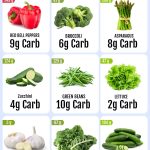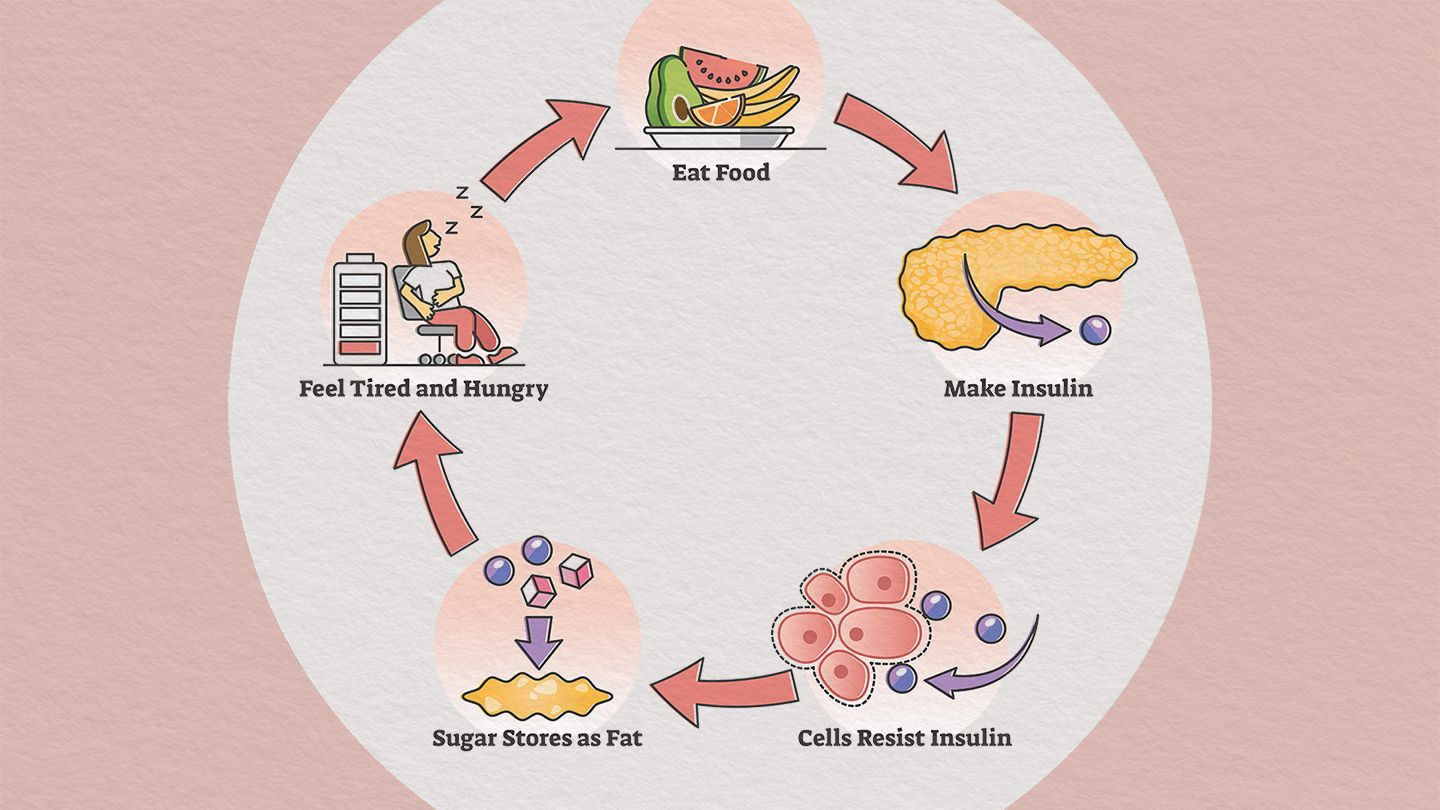Diabetes vs. insulin resistance are two common metabolic conditions that affect millions of people worldwide. While they share some similarities, they are distinct conditions with different causes, symptoms, and management strategies. In this article, we’ll delve into the differences between diabetes and insulin resistance, provide valuable external resources for further reading, and address frequently asked questions (FAQs) to enhance your understanding.
Diabetes: A Comprehensive Overview
Definition: Diabetes, often referred to as diabetes mellitus, is a chronic medical condition characterized by elevated blood sugar levels. It is primarily classified into two main types: Type 1 diabetes and Type 2 diabetes.
- Type 1 Diabetes: This autoimmune condition occurs when the body’s immune system attacks and destroys the insulin-producing cells in the pancreas. People with Type 1 diabetes require lifelong insulin replacement therapy.
- Type 2 Diabetes: This is the most common form of diabetes, often associated with insulin resistance. It occurs when the body’s cells do not respond effectively to insulin, leading to elevated blood sugar levels. Lifestyle changes, oral medications, and insulin therapy may be used to manage Type 2 diabetes.
Insulin Resistance: A Closer Look
Definition: Insulin resistance is a metabolic condition in which the body’s cells do not respond appropriately to insulin, a hormone responsible for regulating blood sugar. As a result, the pancreas produces more insulin to compensate for the resistance.
- Causes of Insulin Resistance: Factors such as obesity, sedentary lifestyle, genetics, and certain medical conditions can contribute to insulin resistance.
- Risk Factors: Insulin resistance is a precursor to Type 2 diabetes. It is associated with an increased risk of heart disease, hypertension, and metabolic syndrome.
Differences Between Diabetes and Insulin Resistance:
- Diabetes is a disease characterized by elevated blood sugar levels, while insulin resistance is a metabolic condition that can lead to diabetes.
- People with diabetes may have symptoms such as excessive thirst, frequent urination, and unexplained weight loss, while insulin resistance may not exhibit noticeable symptoms on its own.
- Diabetes often requires medication, including insulin, for management, whereas insulin resistance can often be improved through lifestyle changes like diet and exercise.
External Resources for Further Reading:
- American Diabetes Association
- National Institute of Diabetes and Digestive and Kidney Diseases (NIDDK) – Insulin Resistance
Frequently Asked Questions (FAQs):
- Can insulin resistance be reversed?
- Yes, insulin resistance can often be improved or reversed through lifestyle changes, including a balanced diet, regular exercise, and weight management.
- Is insulin resistance the same as prediabetes?
- While insulin resistance is a component of prediabetes, they are not the same. Prediabetes is a condition in which blood sugar levels are higher than normal but not high enough to be diagnosed as diabetes.
- How is diabetes diagnosed?
- Diabetes is diagnosed through blood tests, including fasting blood sugar tests, oral glucose tolerance tests, and HbA1c tests. Consult your healthcare provider for accurate diagnosis and guidance.
Understanding the differences between diabetes and insulin resistance is crucial for effective prevention and management. While diabetes requires careful monitoring and treatment, insulin resistance can often be addressed through lifestyle modifications. Regular check-ups and discussions with your healthcare provider are essential for managing these conditions and reducing the risk of complications. Explore the provided external resources and FAQs for further information and guidance.











